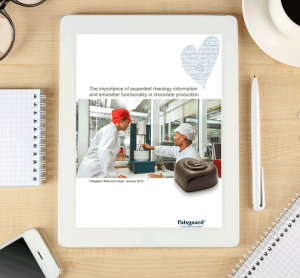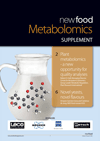Trans fats in foods and the commercial challenges
28 August 2013 | By M. S. Alam Head of Fats and Oils Program, Food Protein R&D Center, Texas A&M University
Fats and oils are major sources of energy, providing nine kilocalories per gram compared to carbohydrates and proteins which provide only four kilocalories per gram and 3.8 kcal/g of energy, respectively. The two major sources of edible fats and oils are plants and animals. Plant sources or vegetable oils are…












